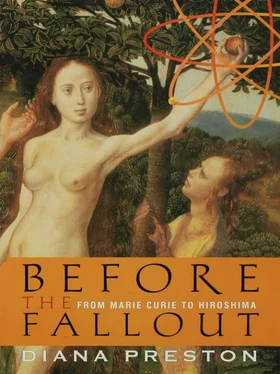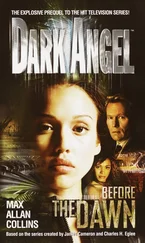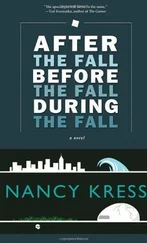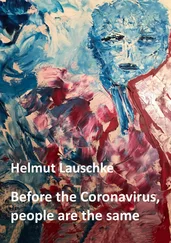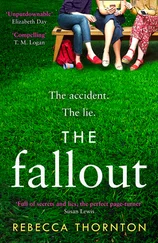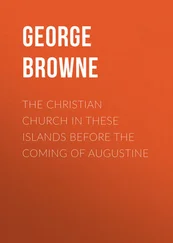• • •
For the scientists of many nations, the journey of discovery had begun in the 1890s. Dedicated researchers like Marie Curie, working alone or in small teams with rudimentary equipment, intent on achieving a fuller understanding of nature, started to identify the minute building blocks forming the world around them. Blinding discoveries were matched by blind alleys. People rushed to publish their results, not for profit or for national prestige and power, often not even for personal glory but rather for the pure joy of knowledge.
For a long time no one realized their work could unlock immense energy to furnish a devastating new weapon or, indeed, if properly harnessed, to provide a city with electricity. At the beginning of the twentieth century, radioactivity was seen as only producing benefits to health through the use of x-rays for diagnosis and the use of radioactive materials to treat many diseases, including cancer. Physics was a new subject. The 1910 Encyclopaedia Britannica devoted fifty pages to chemistry, but physics did not feature. Around that time there were, perhaps, one thousand physicists worldwide, of whom maybe 10 percent were engaged in the study of radioactivity. Consequently, all those involved knew each other. At a time of intense national rivalries and of competition for empire, trade, and natural resources, results were pooled internationally, as further pieces in a communal jigsaw puzzle for which no one had the master picture or pictures. Scientists studied at one another’s institutes. North Americans and Japanese visited Germany; Germans came to Britain; Britons went to North America; Russians studied in France. Colleagues skied, hiked, and made music together. Allegiances and rivalries stemmed from where and with whom people had studied, rather than from nationality or race.
All met at conferences where results were shared, contacts maintained, and gossip exchanged. Albert Einstein called them “witches’ sabbaths.” Few conferences were as marked by gossip as that in Brussels in 1911, when Marie Curie was forced to withdraw † as a result of an alleged affair with Paul Langevin, a close colleague and a married man. However, personalities were strong and debate often heated. This was particularly the case when entirely novel concepts, such as relativity or quantum theory, were discussed—concepts that undermined the Newtonian notion of a predictable, mechanical world whose ordered processes could be measured and whose future behavior could be as accurately forecast as its past could be determined.
Those involved were, as they recalled, undertaking “wholly new processes of thought beyond all the previous notions in physics” and “filled with such tension that it almost took [their] breath away.” “It was an heroic time… not the doing of any one man” but “the collaboration of scores of scientists from many different countries… a period of patient work in the laboratory, of crucial experiments and daring action, of many false starts and many untenable conjectures…. It was a time of creation.”
Yet when in 1933, despite the great advances already made, one of the world’s leading physicists, Ernest Rutherford, dismissed the idea of harnessing energy from atoms as “moonshine,” the physicists’ world was changing. Adolf Hitler was in power. Scientists who had once traveled simply to where the best science was, were now compelled to flee his and other totalitarian regimes because of their race or political views. Ernest Rutherford himself became one of those who did the most to welcome them and find them work. Their knowledge and brainpower were to prove vital to their hosts in the impending conflict.
In Berlin in 1939, on the eve of the long-feared war, German scientists, with considerable secret help from one of their exiled Jewish former colleagues, Lise Meitner, discovered nuclear fission—a way to unleash the power of the atom. Scientists across the world recognized that an atomic weapon might be a possibility. The personal experience of the émigrés gave added urgency to their efforts to stimulate the democracies to action so that Germany could not blackmail the world into submission by its possession of a unique and uniquely destructive weapon. The success of their advocacy meant that what had for more than forty years been an open quest for knowledge became, almost overnight, a race between belligerent nations, working in secret with large teams, for high and sinister stakes, using all available means of sabotage, espionage, and disinformation to thwart their opponents.
The scientists’ fears of their German colleagues’ potential led one British physicist, during the Blitz in 1940—41, surreptitiously to take a Geiger counter from his laboratory to monitor bomb craters in case the enemy had mixed radioactive materials with conventional explosives to contaminate whole areas and poison their inhabitants. Allied scientists remained so concerned about what are now called “dirty bombs” that they warned General Dwight D. Eisenhower that the Germans might well use them against the Allied troops under his command during the D-Day landings in Normandy in June 1944.
• • •
Well before D-Day, nuclear physics had become big science and big engineering. No other country was able to replicate the resources put into the American Manhattan Project. It cost $2 billion and was as big as the U.S. car industry. The project employed 130,000 people, from American and British scientists to security guards and process workers, not counting the military and government staff and politicians.
A fortnight after Hiroshima an editorial in Life magazine commented, “Our sole safeguard against the very real danger of a reversion to barbarism is the kind of morality which compels the individual conscience, be the group right or wrong. The individual conscience against the atomic bomb? Yes, there is no other way. No limits are set to our Promethean ingenuity provided we remember that we are not Jove.”
The very success of the bomb project in its own terms retrospectively sharpened the moral searchings among those involved. To some it came to symbolize science’s loss of innocence. Sound sense and acute sensibility coexisted uneasily in the character of J. Robert Oppenheimer, the scientific leader of the Manhattan Project. For as long as it took to complete his task, he subdued his humanist principles to achieve the most inhumane of weapons, but he would later state that “physicists had known sin” and that he, personally, was “not completely free of a sense of guilt.” Another leading scientist said that the bomb had “killed a beautiful subject.”
However, even before the bomb was dropped, their sense of individual responsibility had compelled other key staff to speak out. Joseph Rotblat, a future winner of the Nobel Prize for Peace, actually left the Manhattan Project when he realized that the weapon would become a permanent part of military arsenals which politicians were prepared to contemplate using against their then ally Russia, as well as against Germany. The Dane Niels Bohr and the Hungarian refugee Leo Szilard both argued for international cooperation and control of the discovery, for a demonstration of the bomb’s explosive power before all nations, rather than its immediate use in combat. [2] Szilard personifies the complex character of many of the scientists. One of the brightest minds and sharpest and most liberal analysts of the moral dilemma, he had such an opinion of himself and aversion to physical labor that he employed others to do his experimental work and was thrown out of his residential apartment at the University of Chicago for habitually refusing to empty his bathwater or flush the toilet on the grounds that this was “maid’s work.”
Читать дальше
